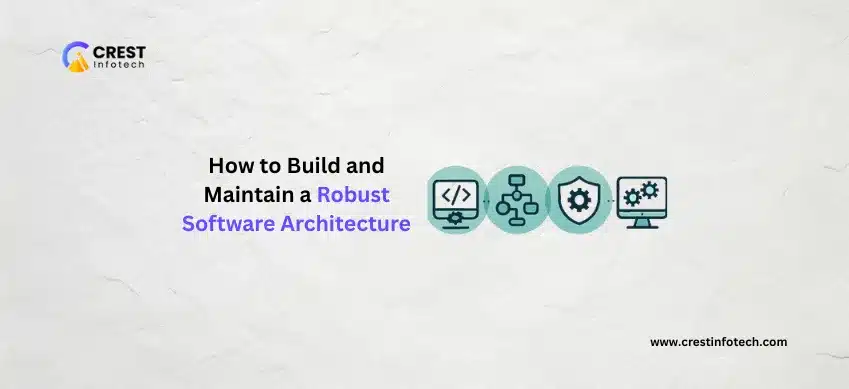Building and maintaining a robust software architecture is crucial for ensuring scalability, reliability, and long-term success of applications. Here are key principles and practices to guide your architecture strategy.
1. Define Clear Architectural Goals
Start by understanding the problem the architecture should solve and set guiding principles.
- Identify functional and non-functional requirements
- Set priorities for scalability, performance, and security
- Balance short-term delivery with long-term maintainability
- Document goals to align stakeholders and developers
2. Choose the Right Architectural Style
Select an architecture pattern that aligns with your project’s complexity and growth plans.
- Monolithic: Simple and efficient for small applications
- Microservices: Modular and scalable, ideal for large systems
- Event-Driven: Great for real-time and asynchronous applications
- Serverless: Reduces infrastructure overhead and scales on demand
“The right architectural style ensures adaptability and sustainability as your system evolves.”
3. Emphasize Modularity and Reusability
Design systems that are flexible and easier to extend or replace.
- Break down applications into smaller, independent components
- Encourage reusability of services and libraries
- Follow separation of concerns for maintainable code
- Leverage APIs for interoperability across components
4. Ensure Robustness and Security
Build reliability and protection into your architecture from the start.
- Implement fault-tolerant mechanisms like retries and failovers
- Use secure authentication and authorization practices
- Encrypt sensitive data in transit and at rest
- Regularly conduct security audits and penetration tests
5. Monitor, Evolve, and Maintain
A strong architecture adapts to change and stays reliable over time.
- Set up monitoring and logging for early issue detection
- Continuously refactor and improve system design
- Adopt CI/CD pipelines for smooth deployments
- Stay updated with evolving technologies and best practices
“Architecture is not a one-time design but a living framework that evolves with your system.”
Final Thoughts
Robust software architecture combines clear goals, the right design patterns, modularity, and continuous improvement. By prioritizing scalability, security, and adaptability, you can build systems that stand the test of time and support long-term business success.



